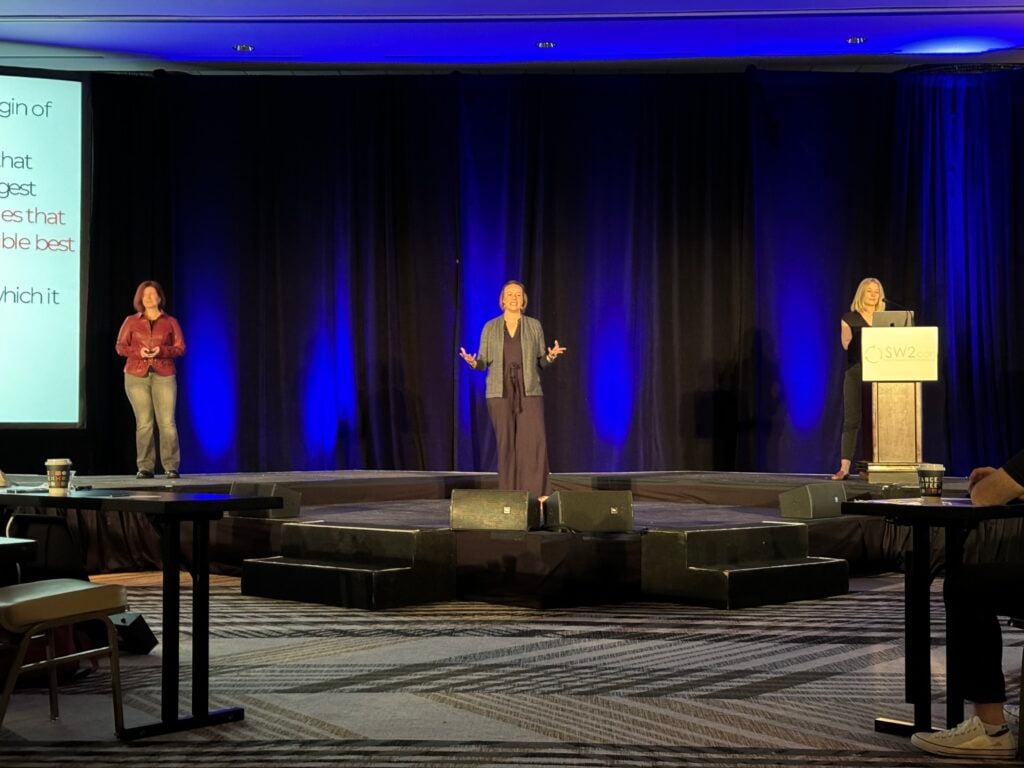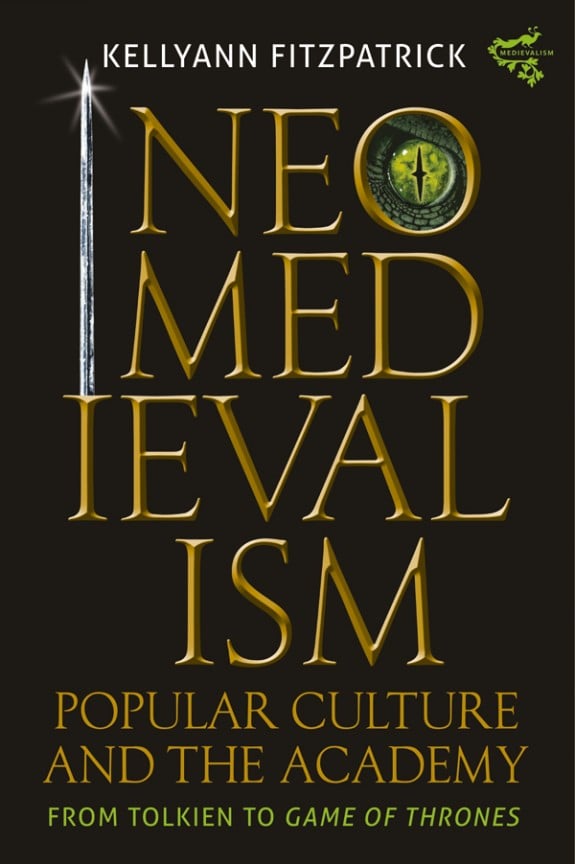I have (thus far) been on 27 planes and many, many trains in 2024; in addition to a slew of online conferences and events, I have attended nine tech conferences in person. Based on these experiences, I concur with my colleagues’ assessment that all tech conferences are AI conferences now:
new rule: as of 2024, “tech conference” and “AI conference” are now synonyms
— steve o'grady (@sogrady) May 2, 2024
Literally every tech conference in 2024 https://t.co/9T4PGAhpZr
— Grumble Bundle (@monkchips) May 15, 2024
As all tech conferences are AI conferences now, we have an embarrassment of riches when it comes to AI content, but there is also a lot of noise to wade through, both in deciding what talks go on the agenda and in finding a way to stand out among all the other AI-heavy conference agendas. From an attendee perspective, as we all negotiate the increased demands on our time for in-person conference attendance, it can be difficult to navigate exactly which AI conferences are worth another train, car, or (especially) plane trip. To that end, I’ve jotted down some aspects of my experience with this spring/summer’s AI (read: “tech”) conference season that stood out to me.
And because nobody should have to read (or write) anything longer than 1000 words in July, I’m breaking my thoughts up into multiple posts; here’s part 1, which looks at content curation at SW2Con.
In May my colleagues Rachel Stephens and Kate Holterhoff joined me to deliver the opening keynote of the first SW2Con. If you’ve ever attended a Defrag or GlueCon event, then you are familiar with the type of tech-focused and nicely curated events that showrunners Eric and Kim Norlin put on. They are excellent hosts, and an extra note of thanks to Kim for helping us arrange RedMonk Beers at the conference venue to help kick things off the night before the main show.
While SW2Con is “a conference devoted to the next wave of software development,” in 2024, of course, that means it is an AI conference. And while it is a conference with sponsors (among them the likes of IBM and Cloudflare), because it is not produced by a specific vendor, the agenda cannot rely on–nor is it beholden to–specific product releases. This makes curating content for such a conference an ambitious undertaking, made even more daunting by all the current AI hype–from vendors, from more general media, etc. Then consider the sheer speed at which the generative AI landscape is changing (what drops first in a given week, a new code assistant or LLM? How many AI papers can one analyst consume per day?). Indeed, in a March 2024 post on the evolution of the SW2Con agenda, Eric noted
The topics for SW2con are so vast, and evolving at such speed, that one feels a bit like a physicist trying to observe particles in an accelerator — blink, and the whole thing morphs. It is, then, a bit of a challenge trying to get ahead of things enough that we don’t end up with an outdated agenda by mid-May; all while trying to read enough tea leaves to know what that possible future might be.
Under such circumstances, it is difficult to envy anyone in the position of putting together an AI conference agenda with more than two weeks lead time. However, one thing I loved about GlueCon that has carried over to SW2Con is Eric’s process of iterating on the conference agenda in a somewhat public fashion. In addition to the March post, we can look back to the initial post that launched the conference CFP(ish), the evolution of the agenda through the conference blog and socials, and juxtapose all of this to the final agenda with session descriptions.
And there was a lot to like about the final SW2Con agenda. The main stage delivered various AI topics, with Mario Rodriguez of GitHub digging into how they use embeddings and RAG in GitHub Copilot; Microsoft’s Lachlan Evenson talking Kubernetes AI Toolchain Operator (KAITO); the New Stack’s Heather Joslyn interviewing Google’s Paige Bailey (a format I would love to see more of); and Sriram Subramanian talking responsible GenAI. (While I had to miss the day 2 afternoon sessions, I am jealous of folks in the audience for Adrian Cockcroft and Lorinda Brandon’s respective talks.) Security and observability were also top of mind, and I caught a great session on securing AI-generated code from Stacklok’s Craig McLuckie and another on Monitoring and Safe-guarding LLMs in Production from Shiv Sakhuja, Cofounder and CEO of Athina AI (a startup I will be keeping my eye on). I was also heartened to see a track on WASM and serverless, and found Taylor Thomas’s (Cosmonic), “Why Worry About WASM?” to be apt in an age when it seems that we have to justify paying attention to anything without AI in its name.
And while I am admittedly biased here, I am also a fan of the talk that Rachel, Kate and I gave on 2024: Retooling, Reskilling, Rebranding (slides available here), which led to this photo (included here with permission from the excellent Mike Maney) of not one, not two, but three monks on a real-life keynote stage:

It is worth noting that the slide that perhaps got the most commentary (in IRL conversations but also a conference writeup) included a visual from Rachel’s research on how the shifts in GitHub and StackOverflow have affected RedMonk’s language rankings.
What absolutely made SW2Con for me, however, were the hallway track conversations with the great group of humans that Eric and Kim managed to draw for the event. Sometimes these conversations were about AI. Sometimes they were about how great it was to talk about something other than AI. And sometimes they were very tactical discussions about how to get everyone to and from dinner. While it may be out there, I have yet to find the LLM that would have led to this precise solution:
RedMonk employs serious professionals who attend serious business dinners using serious modes of transportation. Very serious.
(thanks for the ride @adrianco!) https://t.co/1sqT0CU50l pic.twitter.com/z47tVbXpAG— Rachel Stephens (@rstephensme) May 15, 2024
Disclosure: Cloudflare, GitHub, Google, IBM, Microsoft, and Stacklok are RedMonk clients.

No Comments